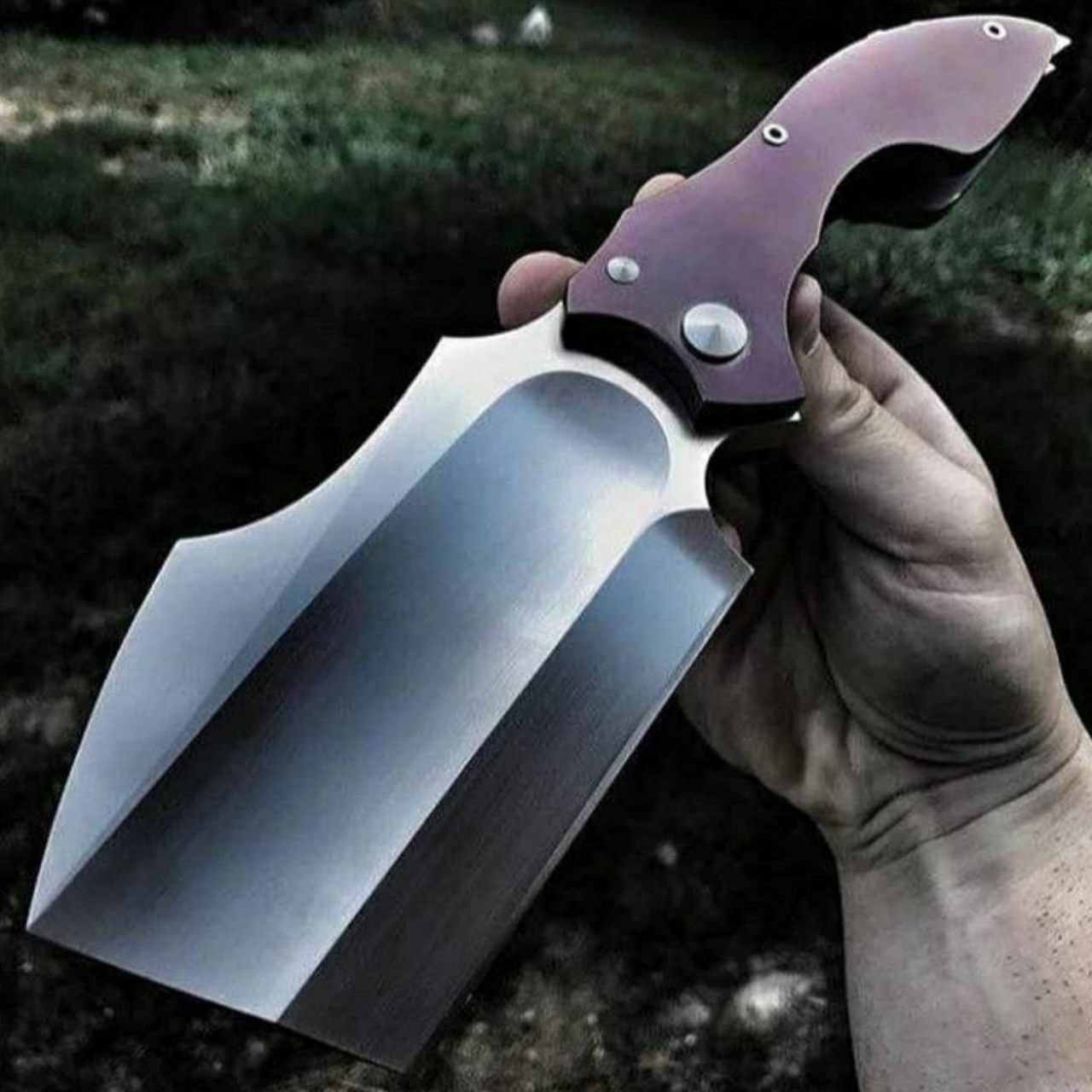Hand-forged Japanese knives and machine-forged knives differ in the methods used to create the knives and the resulting quality and characteristics of the knives.
1. Method of production
Hand-forged Japanese knives are made using traditional blacksmithing techniques, where the knife maker heats the steel and then hammers it into shape. This blacksmith process is repeated multiple times to create the desired shape and hardness. On the other hand, machine-forged knives are produced using modern machinery and techniques, where the steel is shaped using specialized machines that can make many knives at once with consistent dimensions.
2. Attention to detail
Hand-forged knives are made by skilled craftsmen who put a great deal of attention into each knife, paying close attention to details such as the balance, weight, and sharpness of the blade. On the other hand, machine-forged knives are often made on an assembly line and may receive a different level of individual attention and care.
3. Quality of materials
Hand-forged knives are often made with higher-quality, high-carbon steel that is carefully selected for its hardness, durability, and ability to hold an edge. Machine-forged knives may be made with lower-quality steel or other materials and may have a different level of quality control in terms of the materials used.
4. Unique qualities
Hand-forged knives often have unique attributes, such as variations in the steel pattern or handle, that reflect the skill and style of the knife maker. Machine-forged knives tend to be more uniform in their appearance and characteristics.
In general, hand-forged Japanese knives are considered to be of a higher quality and to have a better performance than machine-forged knives, but they are also typically more expensive. Hand-forged knives offer a level of individuality, quality, and craftsmanship that is difficult to find in machine-forged knives.
